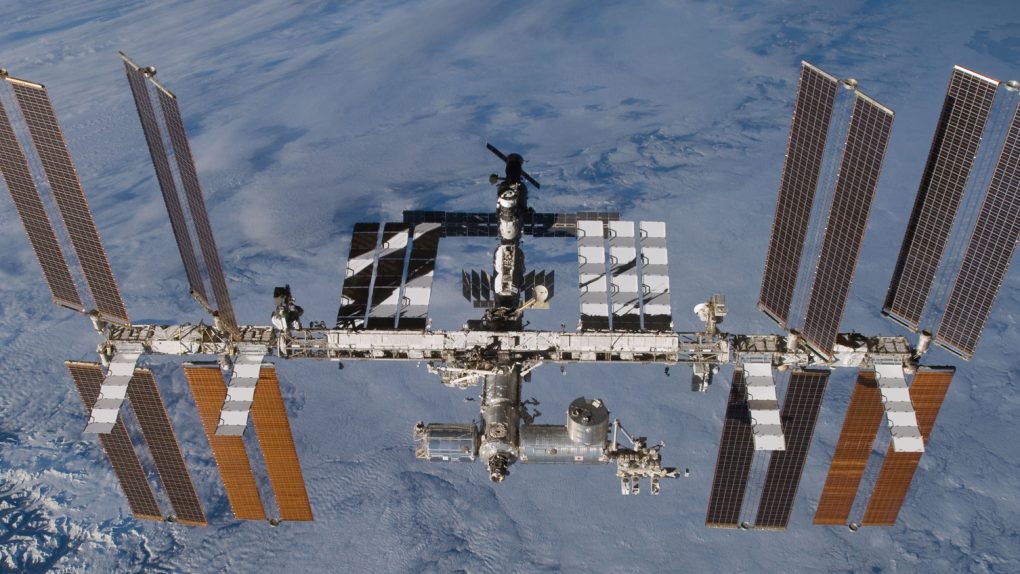- NASA astronaut Kate Rubins took a seat aboard a Russian Soyuz spacecraft headed for the International Space Station.
- The trip is the last of the seats that NASA will have to lease from Russia now that its own commercial crew program has matured.
- NASA’s next U.S. launch is scheduled for early-to-mid November.
NASA’s Commercial Crew program finally produced real, tangible results when SpaceX’s Crew Dragon carried a pair of astronauts to the International Space Station earlier this year. It was a very big deal for NASA, and the first time the space agency had launched a crewed mission from U.S. soil in almost a decade.
NASA wants to be able to launch crewed missions whenever it wants, and it simply couldn’t do that by leasing seats aboard Russian Soyuz rockets. So, the fact that NASA astronaut Kate Rubins just rode a Russian spacecraft to the orbiting laboratory certainly seems odd, but it’s actually been planned for quite some time.
NASA had hoped to have its commercial crew partners and their spacecraft ready for use much earlier than 2020, and when it became clear that both SpaceX and Boeing were running behind schedule they scrambled to secure seats aboard Russian space vehicles to ensure a continued U.S. presence on the space station.
The trip that Rubins just took to the ISS is actually the last of those pre-arranged rides. NASA pays Russia’s Roscosmos space agency handsome fees for ferrying astronauts to space, which is one of the big reasons that NASA dumped so much cash on SpaceX and Boeing to produce spacecraft that it could use whenever it needed to.
SpaceX was the first to deliver on its promise, and despite the significant delays and setbacks, the Crew Dragon performed as expected and will soon be launched on its first official mission with a full complement of astronauts on board. Boeing has struggled quite a bit more, with a glitch derailing the company’s attempt to send an uncrewed mission to the ISS with its Starliner spacecraft.
Now, the company has to complete a retry of that uncrewed mission and then eventually launch a crewed test flight to the ISS before NASA will certify the spacecraft and begin using it on a regular basis. So, for now, Crew Dragon is what NASA will be leaning on to get its astronauts to space and back, especially after this final Soyuz mission is over.
The next U.S. launch to the space station was scheduled for October 31st but had to be pushed back after SpaceX detected some odd data in a recent Falcon 9 launch. The company and NASA now expect the launch to take place in early-to-mid November, though a firm date has not yet been announced.








